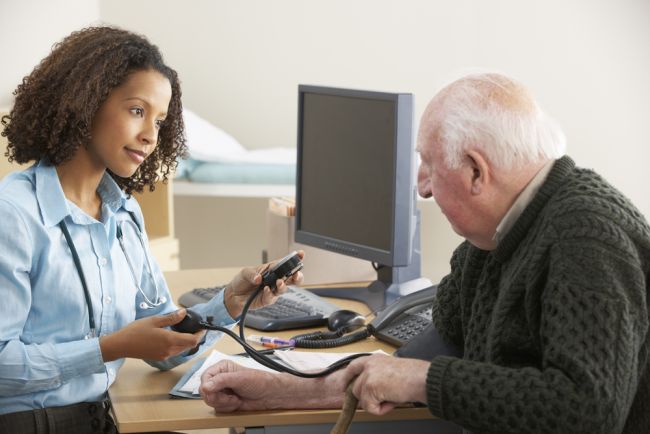Experts call for fairer reporting of out-of-hours healthcare services
Published: 26 March 2019
Researchers suggest negative media representation of these services could affect patient outcomes
Over 75% of newspaper articles regarding out-of-hours healthcare services were found to be negative in tone, according to a new study.

The research, led by the University of Glasgow’s Institute of Health and Wellbeing, and published today in BMJ Open, found a prevalence of articles describing crises or personal narratives depicting rare and tragic patient stories that were often repeated, and could be providing a skewed picture of the service to the public.
The researchers believe the findings provide clear examples of media representations that may negatively affect the public’s perceptions of, and interactions with, out-of-hours healthcare services, and General Practitioners (GPs) in general.
The experts would like to see guidelines adopted by news outlets to help reduce the risk of skewed public perceptions. They believe misrepresentations may affect patient outcomes from out-of-hours services, either by increasing demand through unnecessary concern over rare illnesses or, alternatively, through eroding trust and therefore delaying use of the service.
Just over 3% of articles were found to be positive in tone, despite patient views of care from the 2017 GP patient survey in England finding that 66.2% of respondents who had recently accessed out-of-hours health services rated their overall experience as ‘fairly or very good’.
The study also suggests the negative media representation could lead to doctors being reluctant to work in out-of-hours services where they may be concerned about managing risk in undifferentiated presentations of acute illness and the possible consequences if they are judged to ‘make a mistake’.
The most commonly reported themes were out-of-hours healthcare service organisation, personal narratives and telephone triage. Stories about service-level crises and personal tragedy, including unsafe doctors and missed or delayed identification of rare conditions predominated.
Professor Kate O’Donnell, Professor of Primary Care Research and Development, said: “The NHS continues to promote publicity to patients about how and when they should access health care, in particular to try to reduce pressure on emergency departments in hospitals. However, patients are often confused about where to go, especially when their general practices are closed.
“The stories in the media about out-of-hours care may influence their decisions about where to go for care. These stories also promote a negative view of general practice, whereas the reality is that many tens of thousands of people are seen every day by out-of-hours care, promptly, safely and with complete satisfaction.
“This is a missed opportunity to help promote a more positive view of a key part of the NHS and to reinforce information for patients about when, and how, to access appropriate health care, especially at night and at weekends.”
The researchers studied a comprehensive range of UK print media over a wide timespan in 2005, 2010 and 2015. They analysed 332 newspaper articles in total in quality, middle-market and tabloid newspapers using a retrospective cross-sectional quantitative content analysis and coding method.
The study ‘No such thing as bad publicity? A quantitative content analysis of print media representations of primary care out-of-hours services’ is published in BMJ Open.
Enquiries: ali.howard@glasgow.ac.uk or elizabeth.mcmeekin@glasgow.ac.uk / 0141 330 6557 or 0141 330 4831
First published: 26 March 2019
<< March

